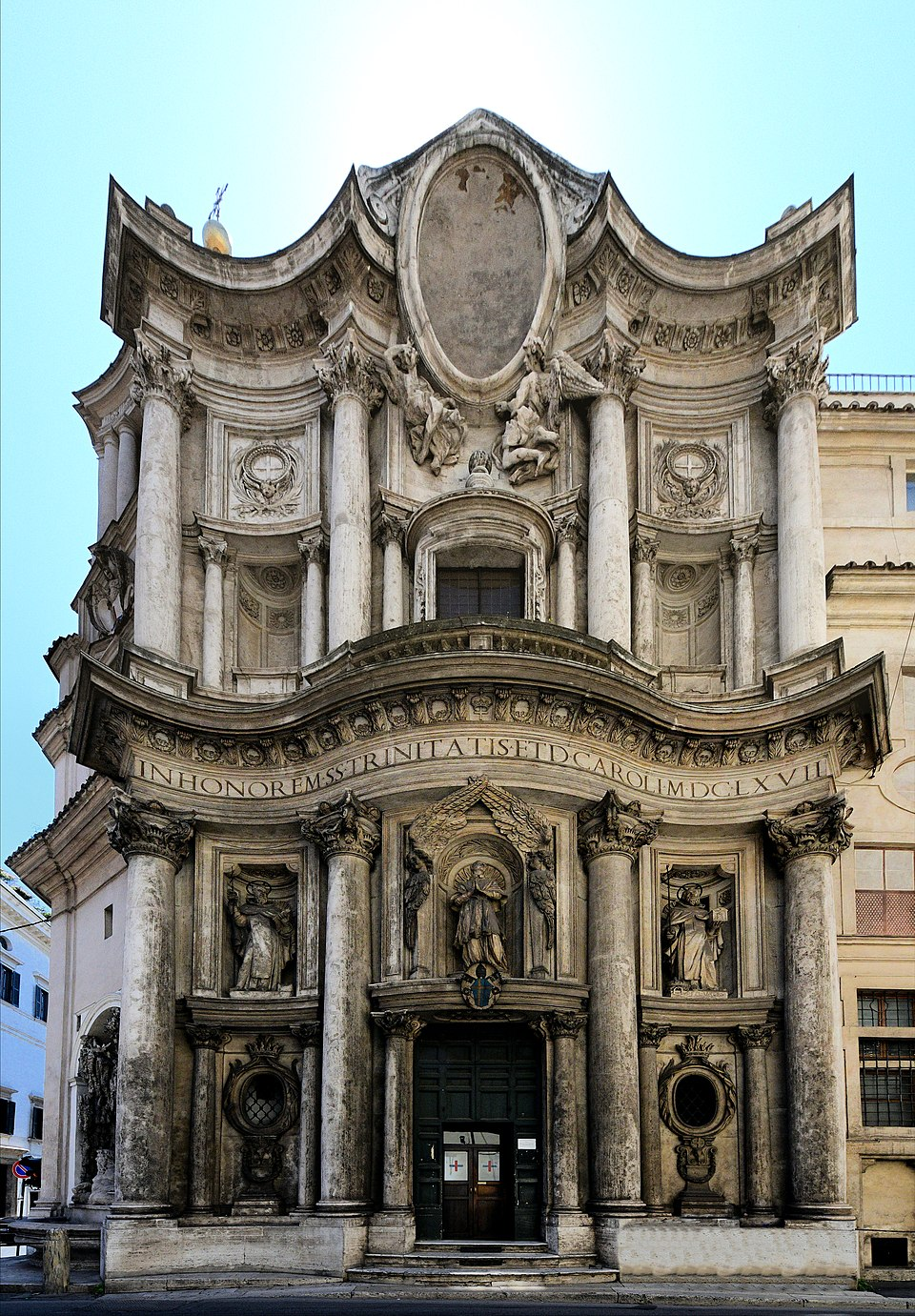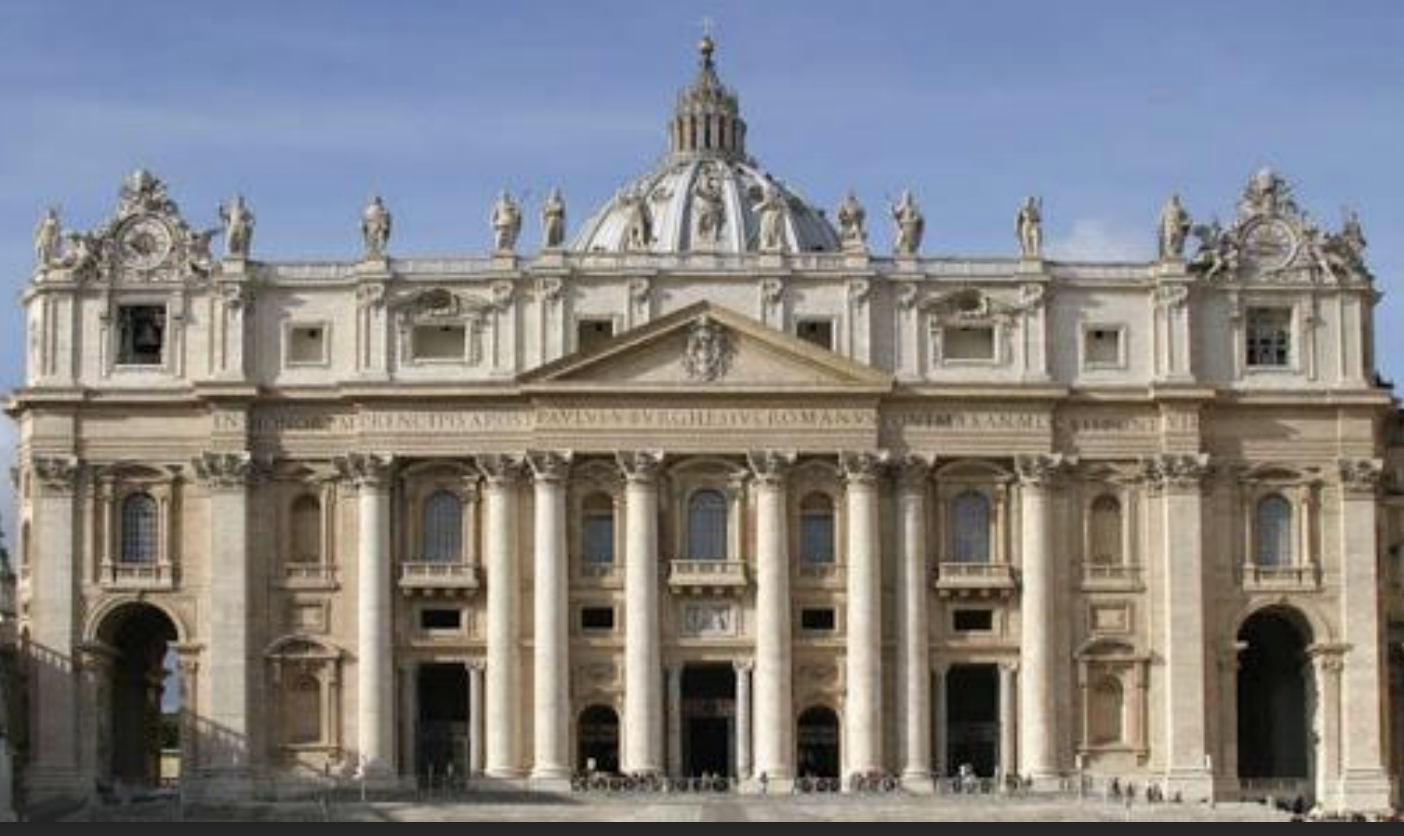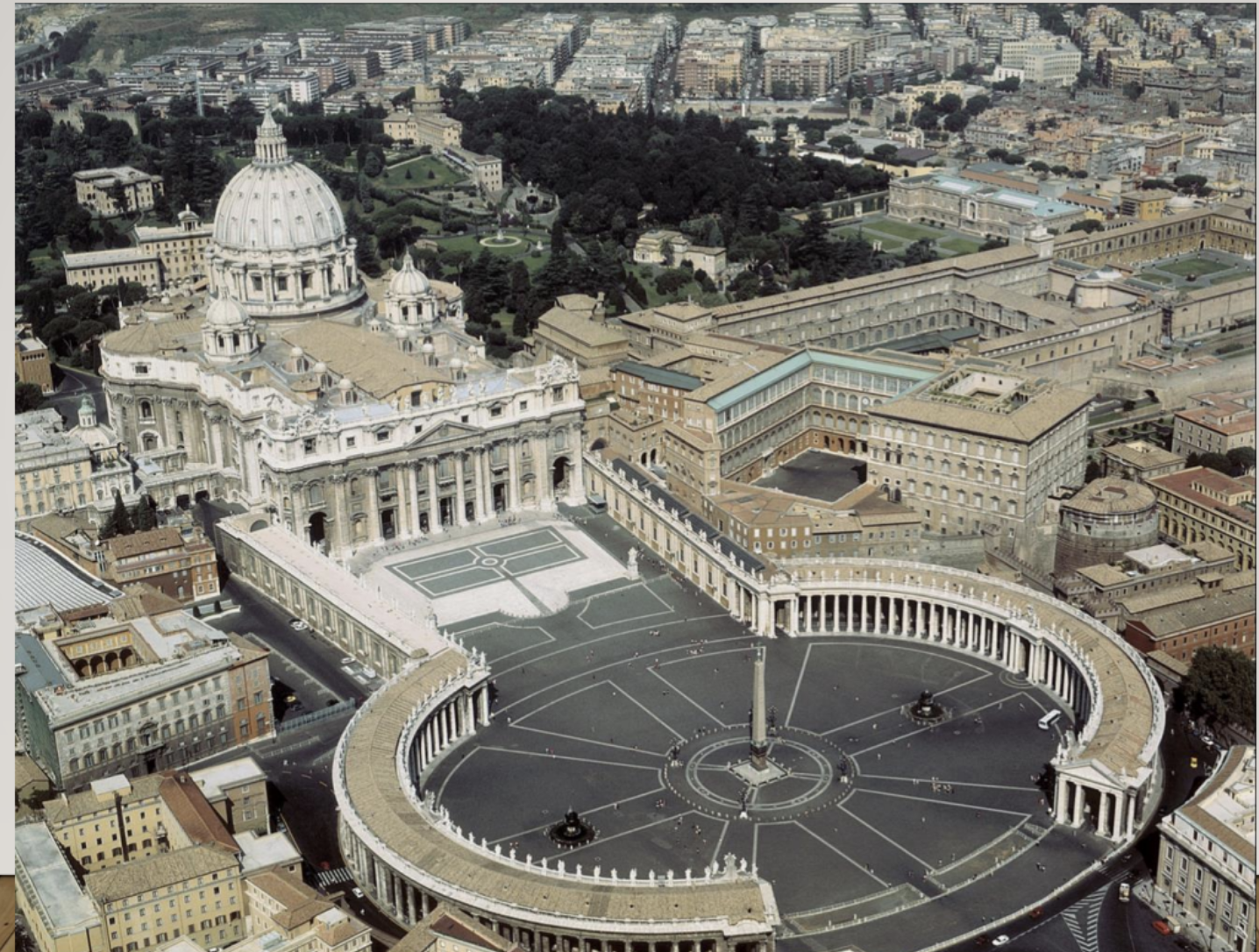Baroque Art ------> Rococo
1/11
Earn XP
Description and Tags
Italian Baroque/ European Baroque
Name | Mastery | Learn | Test | Matching | Spaced |
|---|
No study sessions yet.
12 Terms

Title: Il Gesù
Date: 1573
Artist: Giacomo Vignola and Giacomo della Porta
Period: Baroque
Culture: Italian
Location: Rome, Italy
3 facts:
Greek influence with dynamic composition and dramatic ornamentation
Sculptural interior with chiaroscuro, colossal order columns, and winged consoles
Emphasizes emotional and spiritual excitement typical of Baroque churches

Title: San Carlo alle Quattro Fontane
Date: 1667
Artist: Francesco Borromini
Period: Baroque
Culture: Italian
Location: Rome, Italy
3 facts:
Asymmetrical, irrational curves emphasize movement and drama
Dome interior symbolizes the Holy Spirit; invites spiritual introspection
Eclectic mix of sculptural, painting, and chiaroscuro effects

Title: Façade of St. Peter’s
Date: 1606–1625
Artist: Carlo Maderno
Period: Baroque
Culture: Italian
Location: Vatican City, Rome, Italy
3 facts:
Classical Greek elements fused with dynamic Baroque grandeur
Strong vertical emphasis; prepares the setting for Bernini’s additions
Façade gives architectural authority to St. Peter’s Basilica

Title: Piazza of St. Peter’s
Date: c. 1660
Artist: Gianlorenzo Bernini
Period: Baroque
Culture: Italian
Location: Vatican City, Rome, Italy
3 facts:
Colonnades form two curved arms symbolizing the embrace of the Church
Unusually symmetrical for Baroque architecture
Doric columns organize space and focus attention toward the basilica
Title: Calling of St. Matthew
Date: 1598
Artist: Michelangelo da Caravaggio
Period: Baroque
Culture: Italian
3 facts:
Intense chiaroscuro with unseen light source creates divine presence
Humanized depiction of Christ in a tavern-like setting
Matthew’s confused gesture captures the moment of spiritual calling
Title: Conversion of St. Paul
Date: 1600
Artist: Michelangelo da Caravaggio
Period: Baroque
Culture: Italian
3 facts:
Unscriptural event dramatized with emotional power
Unseen light source defines spiritual transformation
Composition emphasizes chaos and divine intervention
Title: Conversion of Mary Magdalene
Date: 1598
Artist: Michelangelo da Caravaggio
Period: Baroque
Culture: Italian
3 facts:
Mirror symbolizes her renunciation of vanity
Unseen light highlights her contemplative expression
Chiaroscuro emphasizes spiritual rebirth
Title: Deposition of Christ
Date: 1600
Artist: Michelangelo da Caravaggio
Period: Baroque
Culture: Italian
3 facts:
Jesus is lowered toward the viewer, inviting emotional participation
Virgin Mary portrayed with aging features—realism over idealism
Chiaroscuro and gestures heighten the dramatic tension
Title: Martyrdom of St. Peter
Date: 1601
Artist: Michelangelo da Caravaggio
Period: Baroque
Culture: Italian
3 facts:
Depicts St. Peter’s upside-down crucifixion out of humility
Composition is diagonally structured, enhancing visual drama
Harsh shadows and intense lighting underline emotional agony
Title: The Beheading of St. John the Baptist
Date: 1608
Artist: Michelangelo da Caravaggio
Period: Baroque
Culture: Italian
3 facts:
Red cloak mirrors the blood from John’s wound, symbolizing martyrdom
Chiaroscuro and unseen light enhance realism and dread
Moment captured at its peak, making it deeply unsettling
Charateristics of Baroque art
1) Intense Chiaroscuro
2) Unseen light source
3) Drama